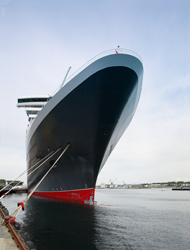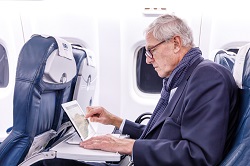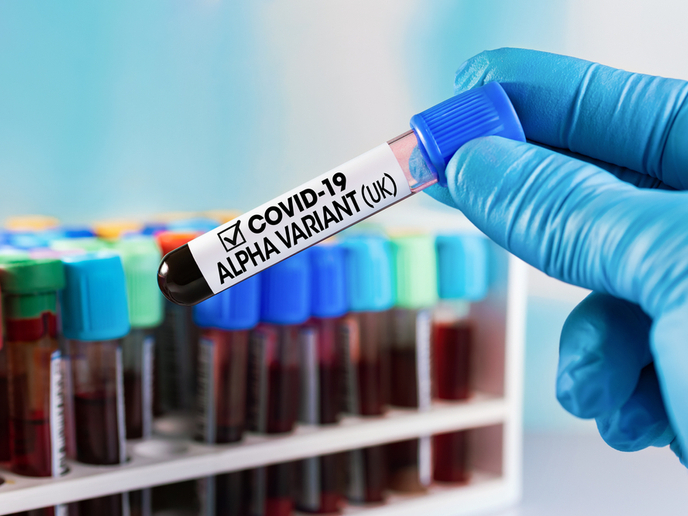Free travel for marine life
Ships take in a certain amount of water for stabilisation before a voyage which is discharged at its destination. This so-called ballast water is full of stones, sediment and therefore is home to thousands of marine organisms. It is estimated that over 3,000 species travel around the world on a daily basis in this way. Invasion of exotic or non-indigenous species can wreak havoc with an ecosystem and cause imbalances that sometimes cannot be reversed, possibly even causing extinctions. To help control the situation, the International Maritime Organisation drew up directives and recommendations for treatment methods and controlling discharge limits for numbers of microbes. With EU funding the Martob project aimed to prevent the introduction of living organisms into ballast water. As a second line of defence, the project investigated treatment of the water while on the journey. For laboratory trials the researchers concocted a 'Martob soup' of microbes to assess the biological impact of all techniques and the environmental effects of the organisms in the concoction. Assessment criteria for the methods included safety for the crew, cost and possible corrosion effects. Amongst the many options for water treatment, Martob highlighted the importance of design of the tanks so as to minimise the places where the stowaways can hide. Ballast water pumps also play a big role in killing the organisms. To increase the level of enforceability of regulations, the Martob researchers strongly recommend that there should be an approved procedure for a treatment system. Coast authorities could then ask for proof of active operation of the procedure which could be digitally recorded. The Martob research has provided the basis for a unified approach for treatment system for ballast water. It is hoped that further research and development will avert any more ecosystems from being destroyed or destabilised worldwide.






